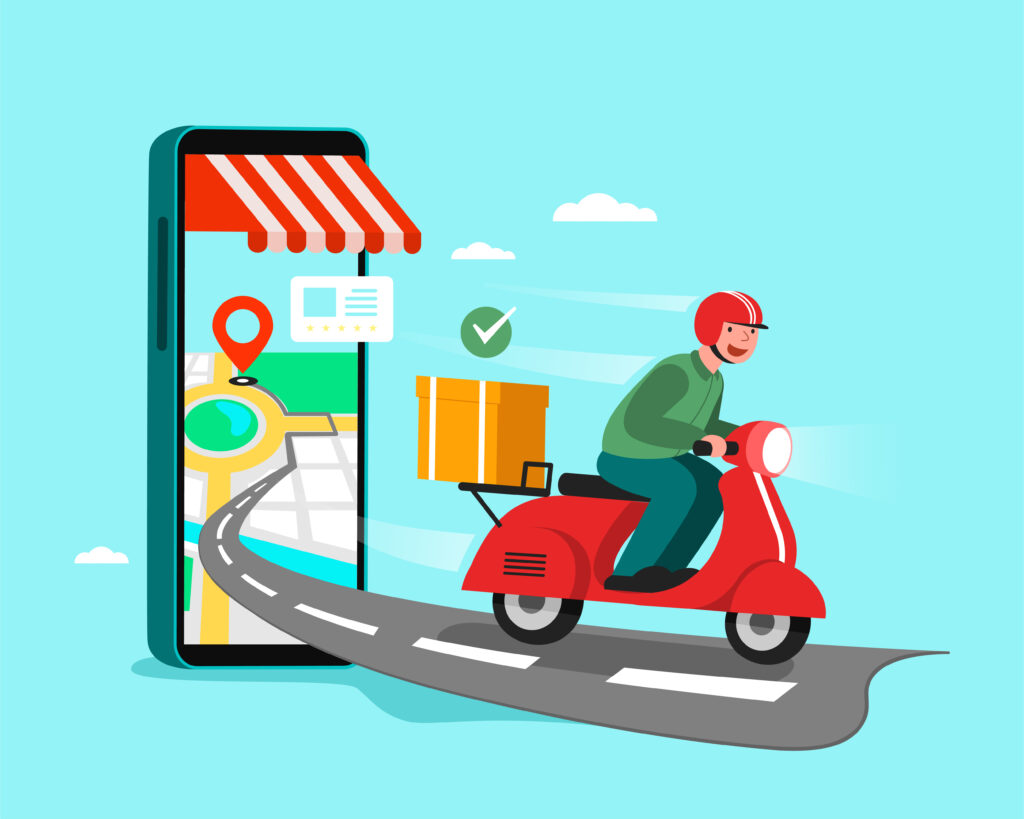Exciting news: Brizo FoodMetrics has been acquired by Datassential! Learn more.

The pandemic boosted food delivery by 300%, revolutionizing restaurant-customer interactions. Despite this influx, the food delivery sector has become saturated, so you need to stand out.
That’s where data analytics comes in, not just for restaurants but more importantly for tech companies. It’s essential to discern which delivery apps restaurants integrate. By understanding restaurants’ needs, tech companies can craft solutions and services that cater to them, making them pivotal players in this evolving market.
Below, you’ll explore the importance of data analytics in food delivery operations and its benefits, right from understanding app preferences to streamlining operations.
Food delivery services produce a lot of data in today’s hyper-digital world. Far from just numbers, this food delivery data is a treasure trove of insights. When deciphered aptly by platforms like Brizo FoodMetrics (BFM), this data provides insights into which delivery app a restaurant prefers, offering tech companies a strategic advantage.
With the food delivery user base expected to reach 2.6 billion by 2027, tech firms with the right insights can thrive in a bustling market
Recent data analytics have improved 78% of food establishments’ operations, streamlining processes and boosting customer satisfaction. Let’s break down its impact:
By examining app usage and diner interactions, tech companies can pinpoint the delivery platforms restaurants favor. Using insights from resources like Brizo FoodMetrics, they can discern tech features that restaurants value.
For example, data might suggest that restaurants using a certain app witness more orders for dishes with images. This could guide tech companies to emphasize visual integrations in their offerings.
With data sources like Brizo FoodMetrics, predictive analytics provide a peek into the ebb and flow of app preferences. This knowledge enables tech firms to align their solutions with times of high demand.
For instance, data revealed that there was a sharp increase in the use of grocery delivery apps during the pandemic, indicating a potential shift in consumer habits.
Employing focused analytics lets tech companies infuse innovation into their solutions. Whether it’s unique loyalty schemes or dynamic menu recommendations, such additions elevate user experience. Imagine a tech feature that curates a menu based on a restaurant’s top-selling dishes, encouraging restaurants to remain consistent in their platform use.
Data analytics is a powerful tool for tech firms to gauge the performance of their solutions in real time. Feedback loops, including inputs from restaurant partners, help identify gaps. For instance, if a tech tool causes delivery hiccups, timely tweaks can be made, ensuring collaborating restaurants are content.
Analytics not only showcase trends but also reveal evolving restaurant inclinations towards tech tools. By keeping a pulse on this feedback and usage metrics, tech companies can evolve their solutions. Consider insights revealing a growing demand for specific menu feature integrations in an app. Tech firms can then prioritize those functionalities in their next updates.
Want to know which delivery app a restaurant uses? Brizo has the answer. This information is invaluable for tech companies providing solutions to restaurants. By understanding who’s using which app, businesses can directly target potential clients and present the unique advantages of their technology.
Brizo isn’t just about tracking tech usage. It provides insights into enhancing service quality, refining delivery timings, and improving overall operations. With a massive database, Brizo is setting the benchmark in food delivery data analytics. It offers real-time foodservice market data, which no other platform can match.
Ready to revolutionize your restaurant tech approach? Discover the potential with Brizo FoodMetrics.